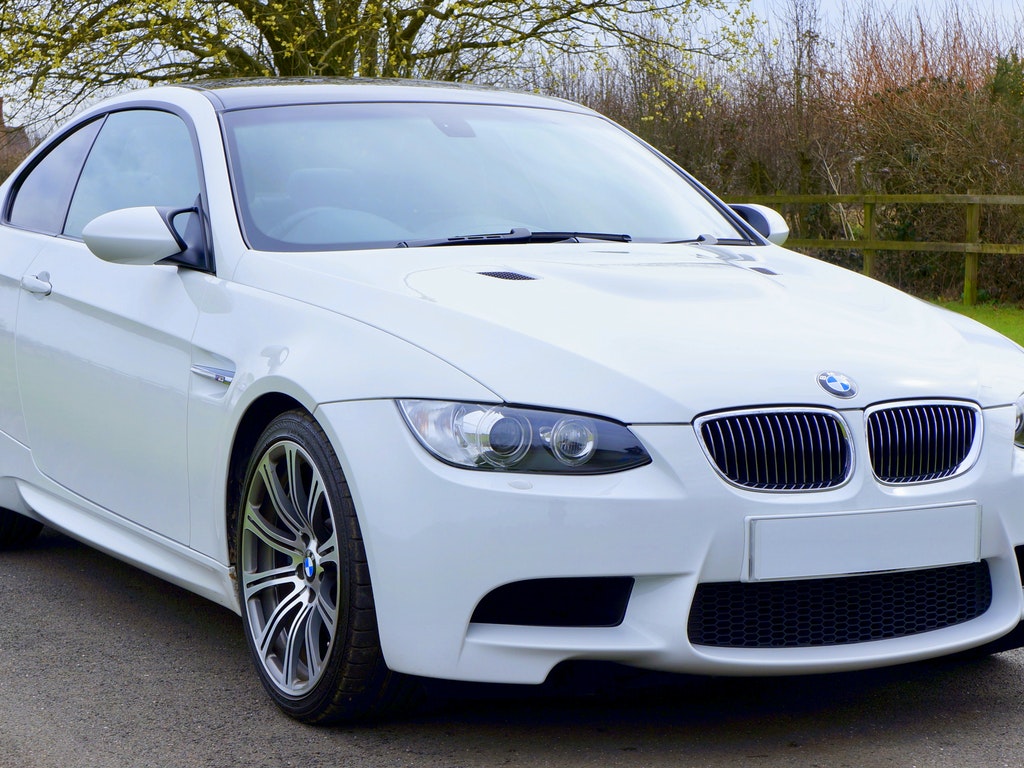
If you’re a car owner, you know that purchasing auto insurance can be a daunting task. The sheer number of options can be overwhelming, especially if you’re shopping for the best value. But don’t worry—we’ve got your back! We’ve put together this guide to help you understand how to choose a car insurance plan and get the best value for your money.
Understand the Types of Insurance Coverage
– Collision
Collision insurance is first-party coverage that pays for your vehicle’s damage in the event of an accident rather than the other driver’s vehicle. If the repair costs or damages exceed the value of your car, your insurance company may file it as a total loss. This coverage is essential if you own a new or recently purchased vehicle.
– Comprehensive
Comprehensive is also a type of first-party insurance that covers non-accident damage. For instance, you can file a claim under your comprehensive coverage if your vehicle is stolen or damaged due to bad weather.
– MedPay
Medical payments coverage, also known as MedPay, pays for some of your and any other passengers’ reasonable medical costs, regardless of fault. MedPay applies whether or not you have health insurance that covers your medical expenses.
– Personal injury protection
Personal injury protection, or PIP, provides higher policy limits and more comprehensive coverage but at a higher cost in terms of premiums and deductibles.
Only states with no-fault laws may offer PIP coverage. If you live in a PIP state, you should take advantage of it because it can cover expenses other than medical ones, such as funeral expenses.
– Liability
Third-party liability coverage is required in states without no-fault laws. This insurance protects you if you cause an accident that injures or damages someone else’s property. Liability coverage can include passengers in your vehicle, passengers in other vehicles, and any injured pedestrians. The minimum policy limits required vary by state.
– Uninsured motorist coverage
Underinsured motorist (UIM) coverage is typically sold in a package. When an uninsured motorist injures you, your UM coverage may pay a portion of your damages. UIM coverage will take effect if the other party’s liability limits are insufficient to compensate you for your losses.
How to Choose Your Car Insurance Plan
Consider your financial situation when determining the best coverages and amounts for you. If you have many assets, you may want higher liability limits.
Think about your liquidity when deciding on a deductible. If you can afford a $1000 deductible, opt for a higher deductible to save on your monthly premiums.
Before buying a policy, look for any available discounts that can help you save more money, like:
– Good driver
– Student driver
– Low mileage
– Anti-theft
– Multi-car
– Car safety
– Multi-policy
– Occupational, professional, etc.
You should compare policies and make notes because not all insurance providers offer the same discounts. Before making a purchase, ask around and obtain quotes from several insurance providers to determine which company ultimately provides the best coverage for your particular needs.




